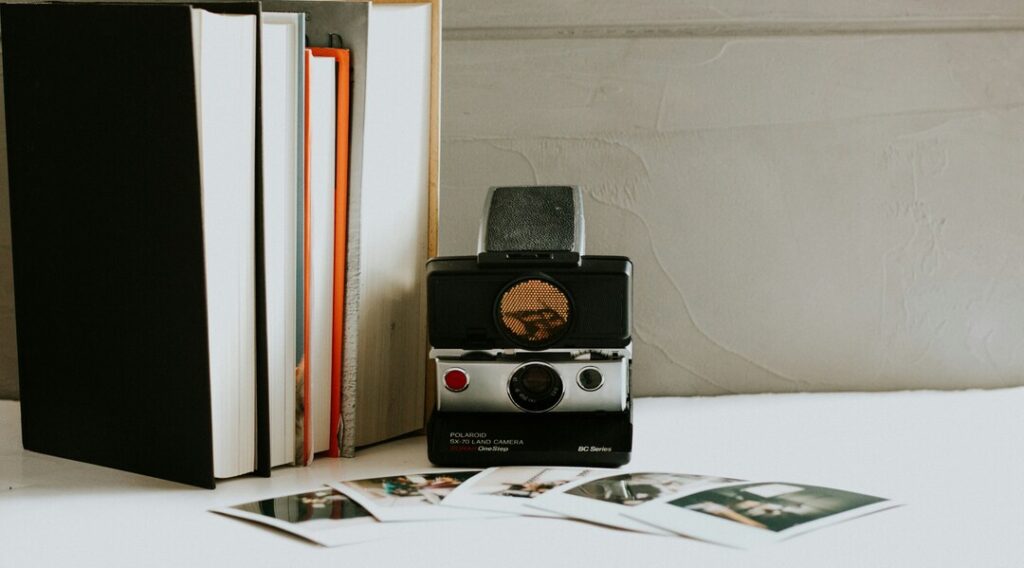Interview with a Book Permissions Editor
Permissions editor James Toftness explains when and how to seek permissions for the quoted text and images you want to publish in your book.

Academic editors like us at Flatpage are often asked about the permissions process by authors publishing scholarly articles and books. Whether you’re an author or an editor, it’s essential to know whether it’s necessary to obtain rights for material owned or created by someone other than the author if it’s quoted or reproduced in the text you’re working on.
I spoke about this process with James Toftness, whose experience with permissions started with rights clearance for major textbook publishers and continued with his work as an acquisitions editor at the University of Chicago Press and now as the publications manager at the Savannah College of Art and Design.
Cara Jordan (CJ): I think authors often don’t know that permissions are even necessary to obtain. What kinds of materials should authors be most concerned with getting permission to use?
James Toftness (JT): Typically, authors should seek permission when they are using a substantial portion of another work which is still in copyright—and copyright law protects anything that is “sufficiently” creative. US copyright law protects works for the life of the author/creator plus 70 years after their death. For works of “corporate authorship,” where a company holds the copyright to work done by employees, the protection span is 95 years from publication or 120 years from the date of creation, whichever comes first. Artworks, poetry, and song lyrics, and, many times, material that was never published, are things to be more cautious about. When used for decoration, they need permission—such as song lyrics used as an epigraph or an artwork as a chapter opener. And be careful about assuming something is in the public domain; there are very few clear lines in copyright law. The majority of the time, the burden of proof falls on the person reusing material. So doing your own research and double-checking sources (or hiring a permissions specialist) can be very important to understanding what you should seek permission for and what not to (and what not to pay for).
CJ: I understand that in certain situations, an author can claim “fair use” to use material without obtaining permission. What does this mean, and can you give us an example of when it might be employed?
JT: Fair use is possibly the most difficult thing to navigate. Fair use, at its core, is a set of four guidelines that a court would use in considering if a use is actually fair use:
- Purpose/character of a reuse (commercial vs. noncommercial);
- Nature of the original work;
- Amount and substantiality of the reuse;
- And the effect on the market/value.
Authors, editors, permissions specialists, or the intellectual property team of a given publisher take those guidelines and assess the risk associated with a given reuse of material. I am personally an advocate for a liberal application of fair use—use it or lose it—but publishers and authors have to always consider their own risk tolerance. Fair use is regularly employed, without discussion, in works of history and criticism—authors writing about novels, plays, and drawing from written historical documents, are rarely stopped by their publisher to request permission.
CJ: Do you have any advice in terms of when an author should start seeking permissions?
JT: The easiest answer is “as soon as possible.” But, the caveats to this are:
- Authors should wait until they have a contract with a publisher. Many institutions/rights holders want to have the publication details before they allow reuse;
- Authors should typically wait until their book is in its final draft—you want to be as confident as possible that you aren’t paying for something you have to cut;
- Finally, authors should not go out and get permission without first consulting with their publisher—too many times I’ve seen authors have to redo all their permissions work.
CJ: Rights holders might be individuals or institutions. When authors reach out to institutions for permissions, who should they be trying to speak with?
JT: The obvious answer is someone with “rights,” “permissions,” or “licensing” in their job title—though “subrights” or “sublicensing” are typically people working with translations rights and other commercial ancillaries. “Reproductions” is another term to look out for. Registrars and archivists at various institutions many times help with permissions. Two tips: picking up the phone and calling to find the right person can really accelerate your claim; and, if you are having trouble getting a response, try the communications/PR department (they are used to fielding media requests).
CT: Finally, authors should be aware that permissions are rarely free and many university presses require that authors cover this cost themselves. While the total cost will depend on how many rights you need, about how much should an author expect to pay per right?
JT: For a scholarly monograph, I’d say $150 per item is a good amount to get a sense of your total budget. Some things may be free, some may be much more expensive and hopefully in the end it will balance out. If your book will be for a trade audience, your budget should be significantly higher. Many places have tiered pricing based on a variety of factors, but the big one will be print run. The more your publisher intends to print, the more a rights holder will want to charge.
Get a rate quote or schedule a consultation call by clicking below.